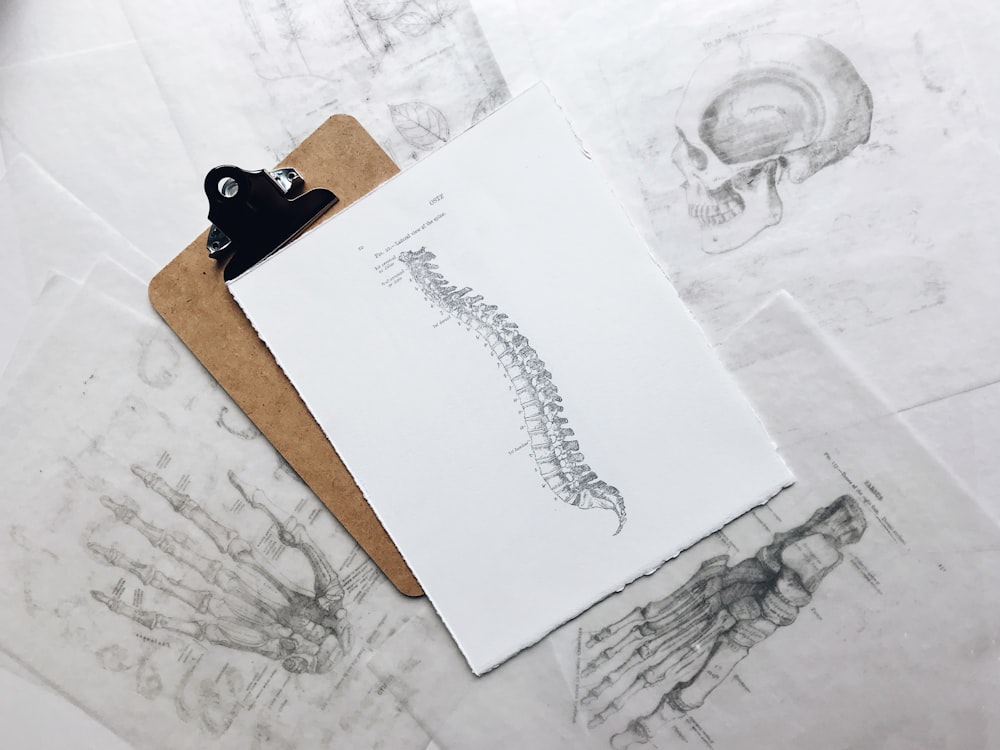目次
腰椎後彎姿勢の改善に頸部前彎が有効?
高齢者の場合には胸腰椎の後彎姿勢が問題になる場合が少なくありません.
胸腰椎の後彎姿勢に対して様々なアプローチをされると思いますが,なかなか改善しない場合も多いと思います.
今回は腰椎後彎姿勢の改善のヒントになる論文をご紹介させていただきます.

今回ご紹介する論文
J Orthop Surg Res. 2022 Apr 4;17(1):199. doi: 10.1186/s13018-022-03090-9.
Effects of a postural cueing for head and neck posture on lumbar lordosis angles in healthy young and older adults: a preliminary study
Meiling Zhai 1 2, Yongchao Huang 1 2, Shi Zhou 3, Jiayun Feng 4, Chaolei Pei 5, Li Wen 6
Affiliations expand
PMID: 35379258 PMCID: PMC8981642 DOI: 10.1186/s13018-022-03090-9
今回ご紹介する論文は2022年に掲載された論文です.
研究の背景
Background: Postural rehabilitation plays an important role in the treatment of non-specific low back pain. Although pelvic inclination has been widely used to improve lumbar lordosis, the effect of cervical anterior inclination on lumbar lordosis in young and older adults in sitting and standing posture is still unclear. This preliminary study was designed to examine the influence of changing the cervical anterior angle on the lumbar lordosis angle, through alterations of the head position under the natural sitting and standing conditions, aiming to provide a basis for establishing a new postural rehabilitation strategy.
非特異的腰痛の治療において姿勢のリハビリは重要な役割を担っております.
骨盤傾斜は腰椎前弯の改善に広く用いられておりますが,若年者および高齢者の座位および立位姿勢における頸椎前傾角が腰椎前弯に及ぼす影響はまだ不明であります.
この研究では自然な座位・立位状態での頭部位置の変化により,頸部前傾角の変化が腰部前弯角に及ぼす影響を検討し,新たな姿勢リハビリテーション戦略の確立の基礎とすることを目的としております.
研究の方法
Methods: Thirty-six young (24.0 ± 2.2 years, 14 females and 22 males) and 38 older (68.4 ± 5.9 years, 36 females and 2 males) healthy adults participated in this study. The four spinal regional angles-cervical anterior angle, thoracic kyphosis angle, lumbar lordosis angle, and pelvic forward inclination angle, were measured in standing and relaxed sitting postures to determine the effects of a postural cueing for the head and neck posture, “inclining head backward and performing chin tuck,” on lumbar lordosis angle.
若年者36例(24.0±2.2歳,女性14名,男性22名)と高齢者38例(68.4±5.9歳,女性36名,男性2名)の健常者がこの研究に参加しております.
頸部前彎角,胸部後彎角,腰部前彎角,骨盤前傾角の4つの脊椎局所角を立位およびリラックスした座位で測定し,「頭を後ろに傾けて顎を引く」という頭と首の姿勢に関するキューイングが,腰部前彎角に及ぼす影響を調べております.
研究の結果
Results: In the standing posture, the pelvic forward inclination angle in the older adult group was significantly smaller (P < 0.001, by ANOVA) than that in the young adult group and increased significantly (P < 0.001) in response to the postural cueing. In addition, the thoracic kyphosis angle in the standing (P = 0.001) and sitting (P = 0.003) positions was significantly reduced in response to the postural cueing. However, the lumbar lordosis angle in response to the postural cueing increased significantly in both the standing position (P < 0.001) and sitting position (P < 0.001).
立位姿勢において高齢者群の骨盤前傾角は若年者群に比べ有意に小さく(P < 0.001, ANOVAによる),姿勢キューイングに反応して有意に増加しました(P < 0.001).
また立位(P = 0.001)および座位(P = 0.003)における胸椎後彎角は,姿勢の手がかりに反応して有意に減少しました.
しかし腰部前弯角度は立位(P < 0.001)、座位(P < 0.001)ともに姿勢の手がかりに反応して有意に増加しました.
研究の結論
Conclusion: The results suggest that increasing the cervical anterior angle can increase the lumbar lordosis angle, and the cervical anterior inclination can be used as an alternative to pelvic forward inclination to improve the lumbar lordosis angle. Furthermore, the change in head and neck posture can reduce the thoracic kyphosis angle, making it possible to establish a new noninvasive body posture rehabilitation strategy.
この研究結果から頸部前方角度を増加させることで腰部前弯角度が増加することが示唆され,頸部前方傾斜は腰部前弯角度を改善するための骨盤前傾姿勢の代替手段として用いることが可能であることが明らかとなりました.
さらに頭頸部姿勢の変化により胸椎後彎角を減少させることができ,新たな非侵襲的身体姿勢リハビリテーションの確立が可能であることが示唆されました.
今回は腰椎後彎姿勢の改善のヒントになる論文をご紹介させていただきました.
腰椎後彎姿勢の改善を図るうえでは頚椎に目を向けてみるとよいかもしれませんね.






